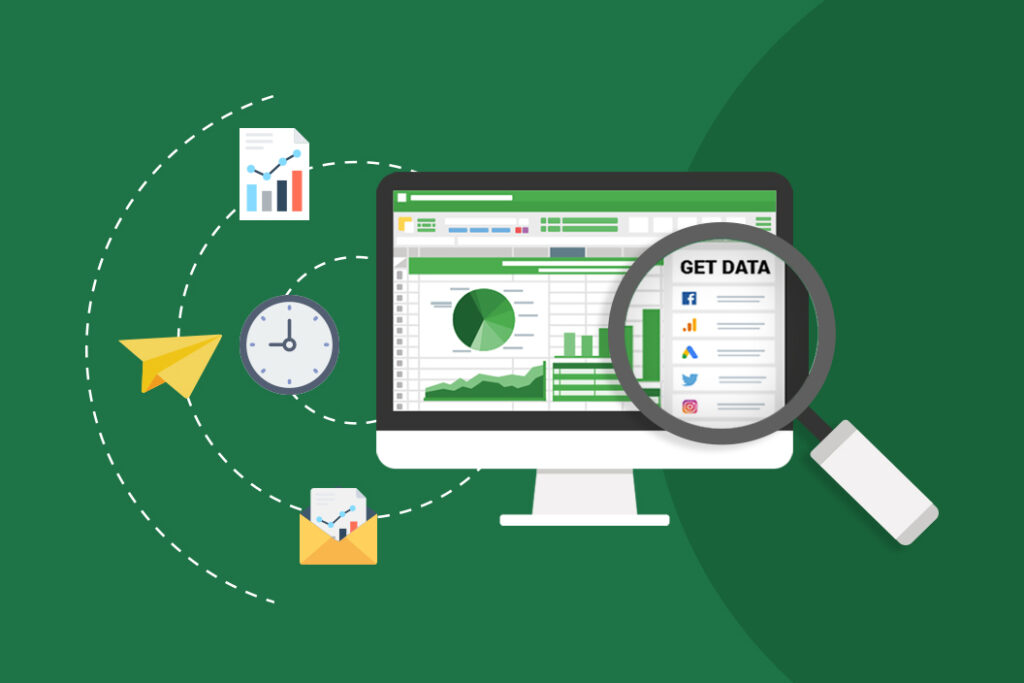Personal Career & Learning Guide for Data Analyst, Data Engineer and Data Scientist
Excel is a powerful tool for data analysis, and one of its many functions is the ability to count items in a list. This is a valuable tool for data analysts, as it allows them to quickly and easily summarize their data and make informed decisions based on that summary.
To count items in a list in Excel, you’ll need to use the “COUNT” function. This function is designed to count the number of cells in a range that contain numbers. If you have a list of items, such as names or products, you’ll need to convert those items into numbers in order to use the COUNT function.
To convert a list of items into numbers, you’ll need to use the “IF” function. The IF function allows you to specify a condition, and if that condition is met, it returns one value, and if it’s not met, it returns another value. In this case, you’ll use the IF function to convert your list of items into a list of numbers, where each item is represented by a unique number.
Once you have your list of items converted into numbers, you can use the COUNT function to count the number of items in your list. To use the COUNT function, you’ll enter the following formula into a cell: “=COUNT(range)”. Replace “range” with the range of cells that contain your list of numbers.
When you press enter, Excel will calculate the number of items in your list, and return the result. This is a quick and easy way to count the items in a list, and can be a valuable tool for data analysts looking to summarize their data and make informed decisions.
In conclusion, counting items in a list in Excel is a simple process that can be done using the COUNT function. Whether you’re a seasoned data analyst or just starting out, this technique can help you efficiently and accurately summarize your data and make informed decisions based on that summary. By converting your list of items into numbers, you can take advantage of the powerful counting capabilities of Excel, and gain a better understanding of your data.
Excel Example for Data Analyst – Count items in list
 Loading...
Loading...
Latest end-to-end Learn by Coding Projects (Jupyter Notebooks) in Python and R:
All Notebooks in One Bundle: Data Science Recipes and Examples in Python & R.
End-to-End Python Machine Learning Recipes & Examples.
End-to-End R Machine Learning Recipes & Examples.
Applied Statistics with R for Beginners and Business Professionals
Data Science and Machine Learning Projects in Python: Tabular Data Analytics
Data Science and Machine Learning Projects in R: Tabular Data Analytics
Python Machine Learning & Data Science Recipes: Learn by Coding
R Machine Learning & Data Science Recipes: Learn by Coding
Comparing Different Machine Learning Algorithms in Python for Classification (FREE)
There are 2000+ End-to-End Python & R Notebooks are available to build Professional Portfolio as a Data Scientist and/or Machine Learning Specialist. All Notebooks are only $29.95. We would like to request you to have a look at the website for FREE the end-to-end notebooks, and then decide whether you would like to purchase or not.
